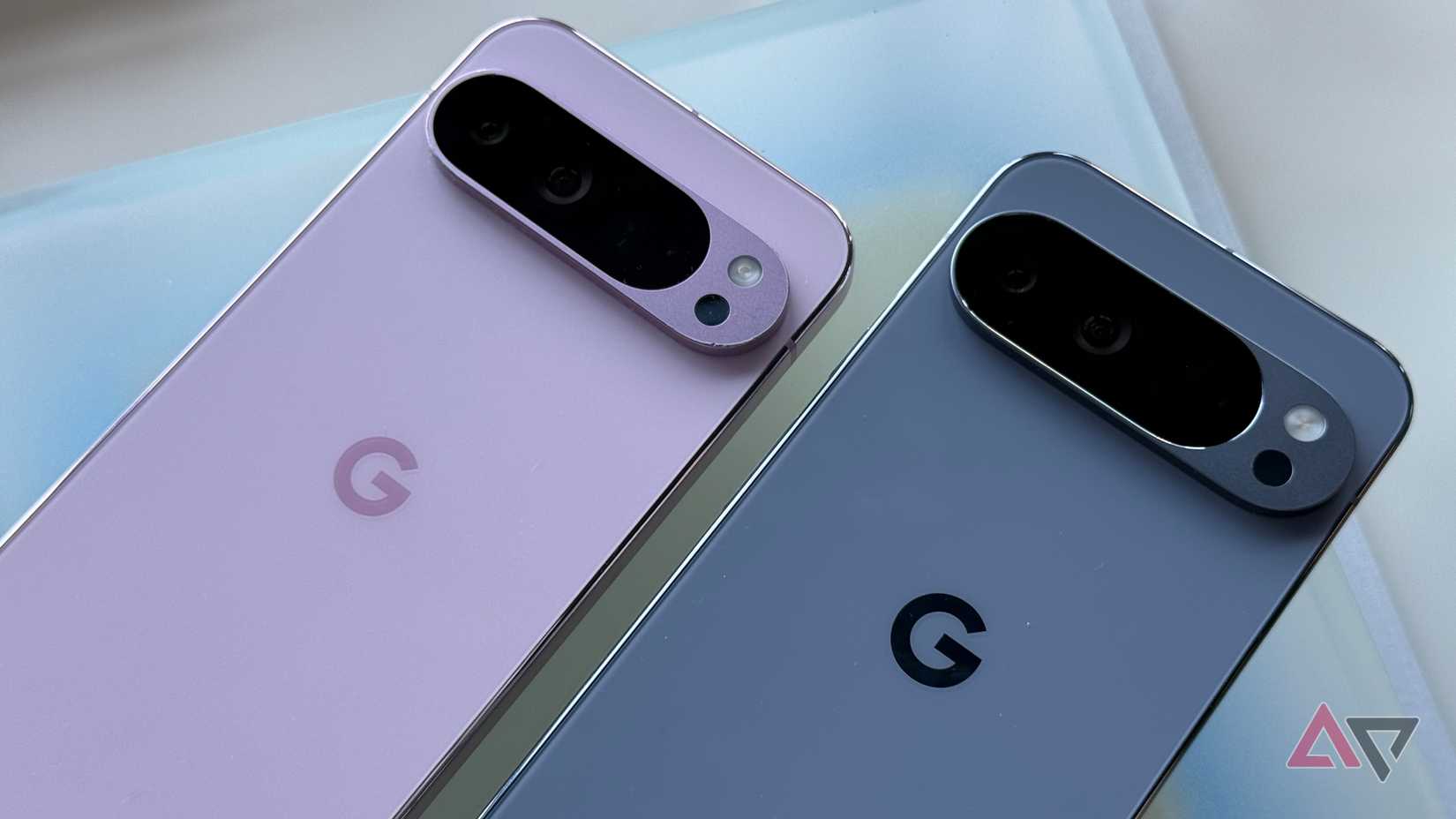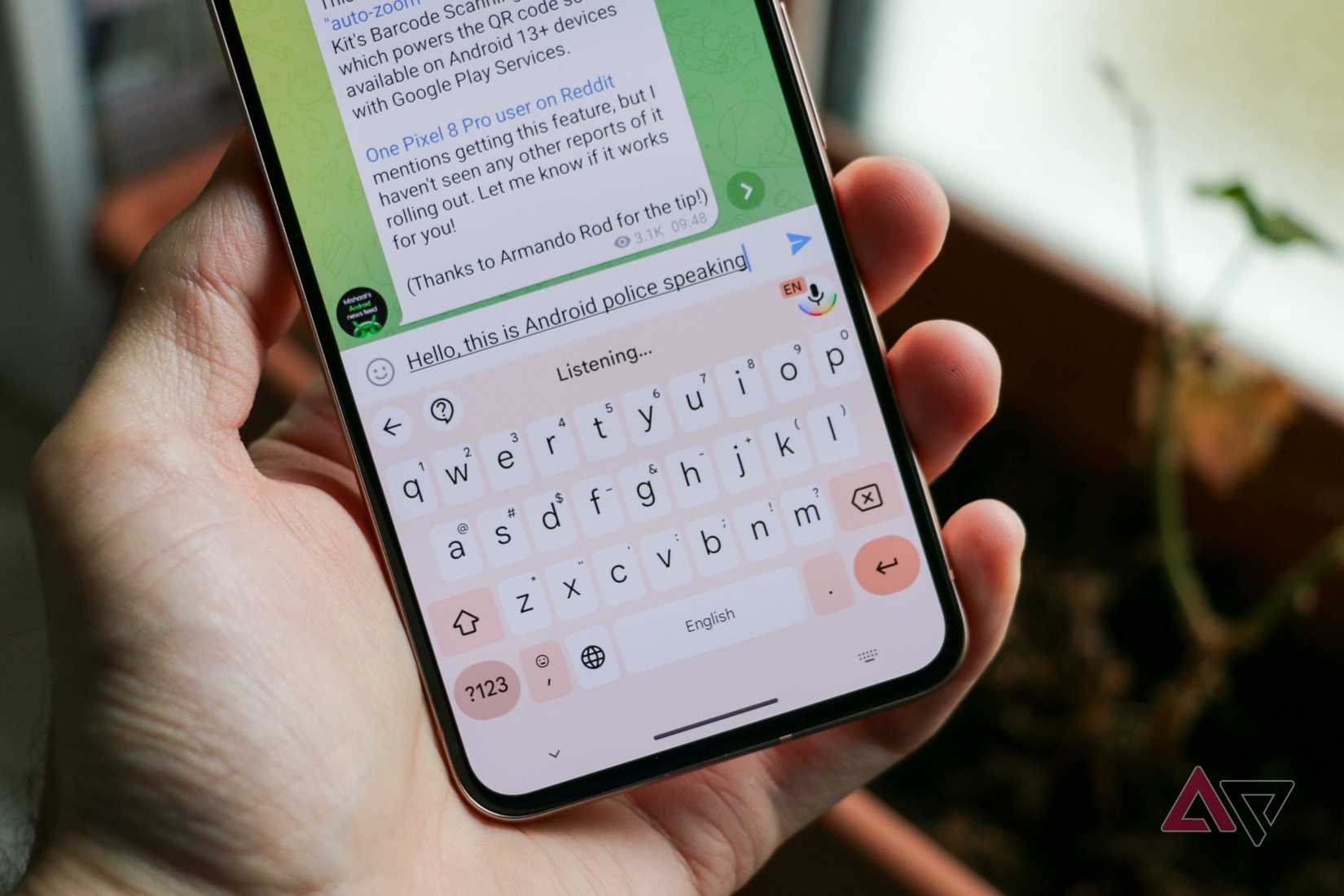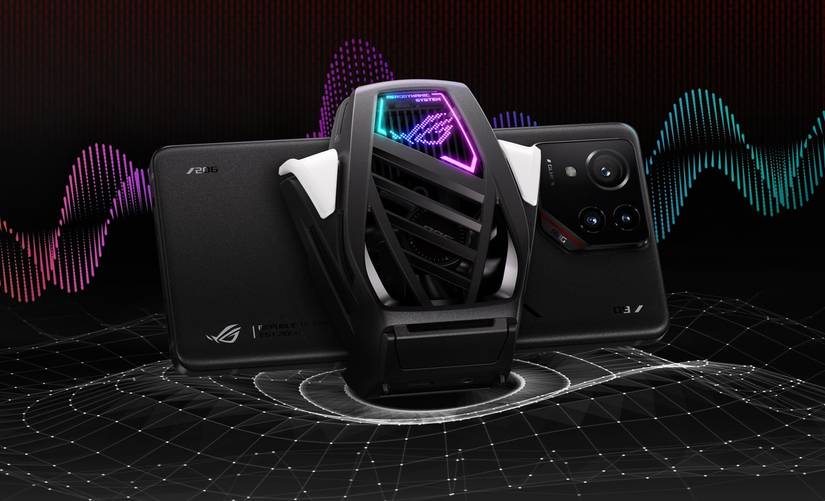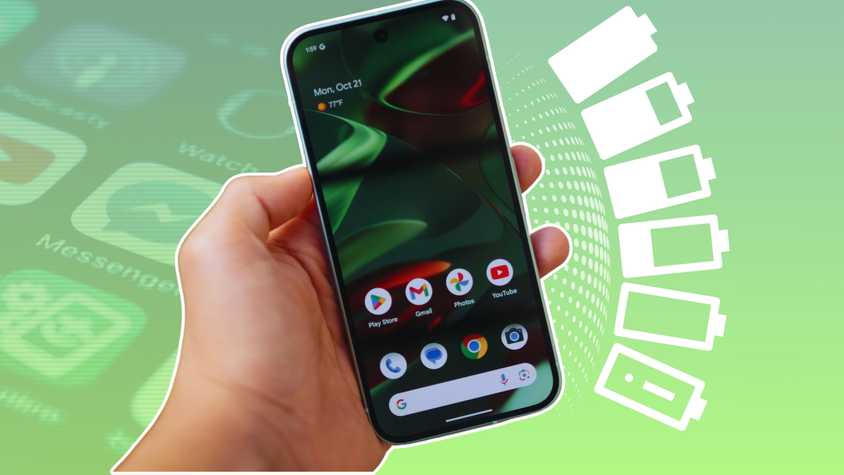Google Photos is 10 years old. The successor to Google+’s photo features, it’s rapidly grown over the years to become a staple of the Android experience. AP’s Taylor Kerns pointed out that it’s now the one Google service he can’t live without. It’s not a controversial opinion either; Google Photos is packed with industry-leading photo management and editing tools. While the company has become miserly with its storage limits in recent years (more on that later) it’s still the best photo storage app around in 2025.
Google has introduced plenty of useful features to its storage app over the years, helping the app hold its place as the standard for photo storage apps. However, it hasn’t been all ups and downs. Let’s wind back the clock and examine how Google Photos changed for better or worse over the years.
Google Photos successfully built on its flagship features over the years
Automatic backups and a brilliant search tool
Part of what makes Google Photos great in 2025 is that it’s kept the same core features since launch. Since its first day, you could take a photo, let Google Photos automatically back it up, then search for it later by location data, person, or notable elements (e.g., pets).
These two features are what make the app great. I know that no matter how many photos I take, I’ll be able to find them later with a simple search query.
In 2016, Google improved this feature with automatically generated albums. If you took a lot of photos over a short time, Google Photos would flag this and create a new album of all the photos you took in this place or throughout your trip. I’ve used Google Photos since this feature launched, and it’s never failed to group photos from my trip. It takes me seconds to go back and look at photos from my 2017 holiday album, an album Google automatically created for me.
Google supplemented these features in 2017 with sharing tools that would automatically identify relevant contacts using facial recognition technology. Now you could let Google automatically create an album, then let it find the right people to share it with.
There have been many more Google Photos updates over the years, but these highlight how Google has changed the app for the better over the years. The incredibly versatile album structure, paired with powerful search tools, facial recognition technology, has all contributed to a service that takes control of our photos in useful and unintrusive ways.
Today, Google Photos has many more features than it did in 2015, but its core functionality has remained unchanged. I’m grateful that Google never lost sight of what made the app great, even if there have been missteps and betrayals along the way.
June 2021 was the month Google betrayed us
Unlimited photo storage was a powerful lure
From its launch in 2015, Google Photos offered unlimited storage for “High quality” photos (Now called “Storage saver”). High quality photos could be up to 16MP and 1080p resolution. Since launch, “Original quality” photos were subject to a storage limit.
This enticing offer led many of us (including me) to Google Photos in the first place. I’m not a photographer, and I consider most of the advancements in mobile photography to be mostly pointless for my needs. I’m not looking to win a photography award; I just want to revisit memories of that dog I saw on a walk in 2018. Unlimited High quality photo storage was therefore the perfect lure for me.
Then, in June 2021, Google stopped its unlimited storage offer and replaced it with a 15GB limit. If you wanted more, you would have to subscribe to a Google One plan. It’s hard to see this bait-and-switch as anything other than a savvy business move by Google to let us spend years uploading our memories to Google Photos, then forcing us to pay when we’re too committed to back out.
2021 marked the end of an era for Google Photos. New features (especially AI-powered editing tools) are locked behind a Google One subscription, and backups for phone folders are now opt-in rather than automatic. Nevertheless, the core Google Photos functionality has only improved over the years.
What does the future hold for Google Photos?
Apart from the brutal reduction in free storage limits, Google Photos has only gotten better over the years. Its suite of editing tools is fantastic for touching up your holiday snaps, while the Memories feature continues to attack me with nostalgia when I’m least expecting it.
Around the corner, we have a Material 3 Expressive redesign, an all-new editing suite, and more AI-powered editing tools. After that, who can say how this Android staple will change? Other photo management apps have reached rough feature parity with Google Photos, and it’s doubtful whether Google’s obsession with AI will result in a better user experience.
Nevertheless, I’m happy to still be using Google Photos over the years. Despite some missteps and a betrayal, the service has only changed for the better.





